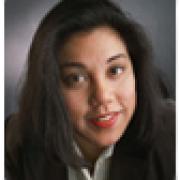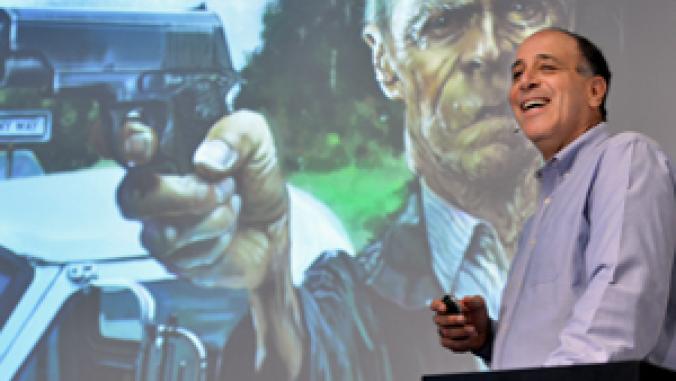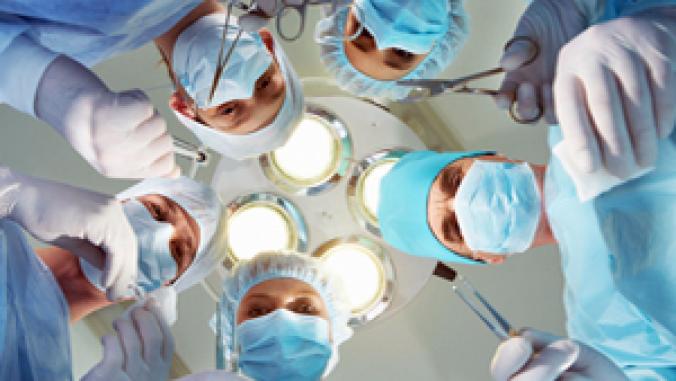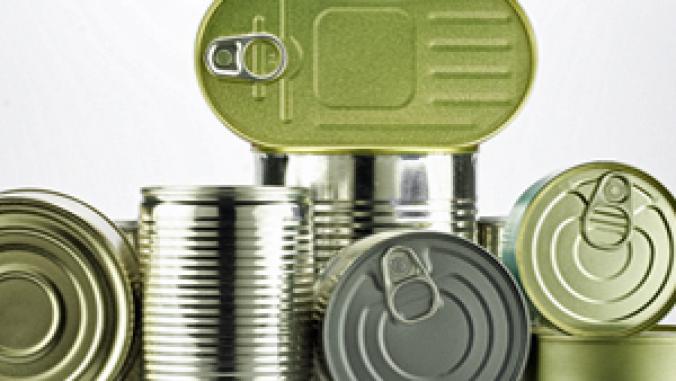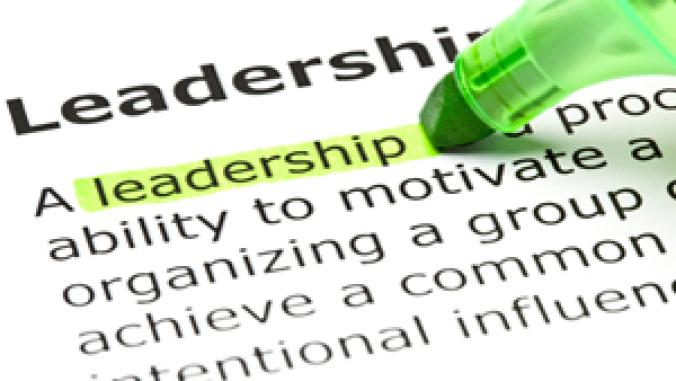Eco-Friendly Dentistry: Open Wide and Say 'Green'
<p>The term "green dentistry" can launch a raft of misperceptions, the most common being that it must be code for "Birkenstock-wearing-incense-burning-commie-pinko-leftist" dentistry. But that's beginning to change, says Ina Pockrass. With her husband, Fred, a dentist, she cofounded a green dental practice as well as the Eco Dentistry Association.</p>

About eight years ago, attorney and eco entrepreneur Ina Pockrass and her husband, Fred, a dentist, opened what came to be described as the first green dental practice in the U.S.
Through their business in Berkeley, Calif., the Transcendentist, they pioneered practices that have become a comprehensive model for environmentally responsible dentistry. The concept has been a hit with patients from the onset, though some professionals have had a hard time wrapping their heads around the idea.
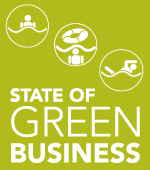 "When we say 'green dentistry' we know what you hear," said Ina Pockrass. The term and the word "Berkeley" launch a raft of misperceptions that swirl around the thought of "Birkenstock-wearing-incense-burning-commie-pinko-leftist" dentistry, she acknowledged.
"When we say 'green dentistry' we know what you hear," said Ina Pockrass. The term and the word "Berkeley" launch a raft of misperceptions that swirl around the thought of "Birkenstock-wearing-incense-burning-commie-pinko-leftist" dentistry, she acknowledged.
But last October, the industry group the couple founded, the Eco-Dentistry Association, brought the first "green lounge" to the ADA's annual meeting. The exhibit gave attendees a first-hand look at how an environmentally responsible dental practice works. It also provided an introduction to an organization that now has 600 members in 48 states and offers certification programs for green dental practices and products.
"Ten years ago, if you told me we were going to transform dentistry, I would have thought you were crazy," Pockrass told the audience today at the GreenBiz Group's State of Green Business Forum in San Francisco.
In her presentation, one of the "One Great Idea" sessions during the program, Pockrass laid out the business case for green dentistry.
In creating an environmentally sound dental practice -- from the materials and procedures in the wellness-based practice to the office itself -- "we created a business model that placed our dental office in the top 5 percent of the nation," she said.
Then, in establishing the Eco Dentistry Association in 2008, the Pockrasses "looked behind the curtain of this nice, clean profession" to expose and address what Ina Pockrass called traditional "dentistry's dirty secrets."
They include risks posed by conventional x-rays, certain sterilization practices and use of barriers (millions of which get tossed into landfills annually), suction machines (one of which can consume as many as 360 gallons of water a day), and mercury waste from fillings.
In contrast, green dentistry reduces waste and pollution, saves energy and water, employs high-tech solutions and supports a wellness lifestyle, she said.
Eco-friendly practices also address two of the largest pain points for dentists by attracting high-quality patients and and differentiating practices, she noted, adding that green dentistry lowers supply costs, reduces marketing costs and can recession-proof a practice.
And to show that green dentistry is "not just Berkeley thing," Pockrass listed a number of dentists around the country -- in Arizona, Maryland, Indiana -- who operate flourishing eco-friendly practices.
In addition to offering certification services, the Eco Dentistry Association helps connect like-minded professionals, provides education resources, maintains a directory for people looking for green dentists and has tips for people who want their dentists to go green.
More information about the organization is available at www.ecodentistry.org. A clip from Pockrass's presentation is below, and the full video is available online from GreenBiz.com.
Photo by Goodwin Ogbuehi, http://flickr.com/photos/yoshikatsu.
